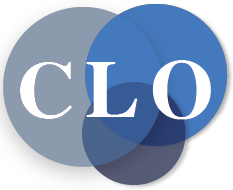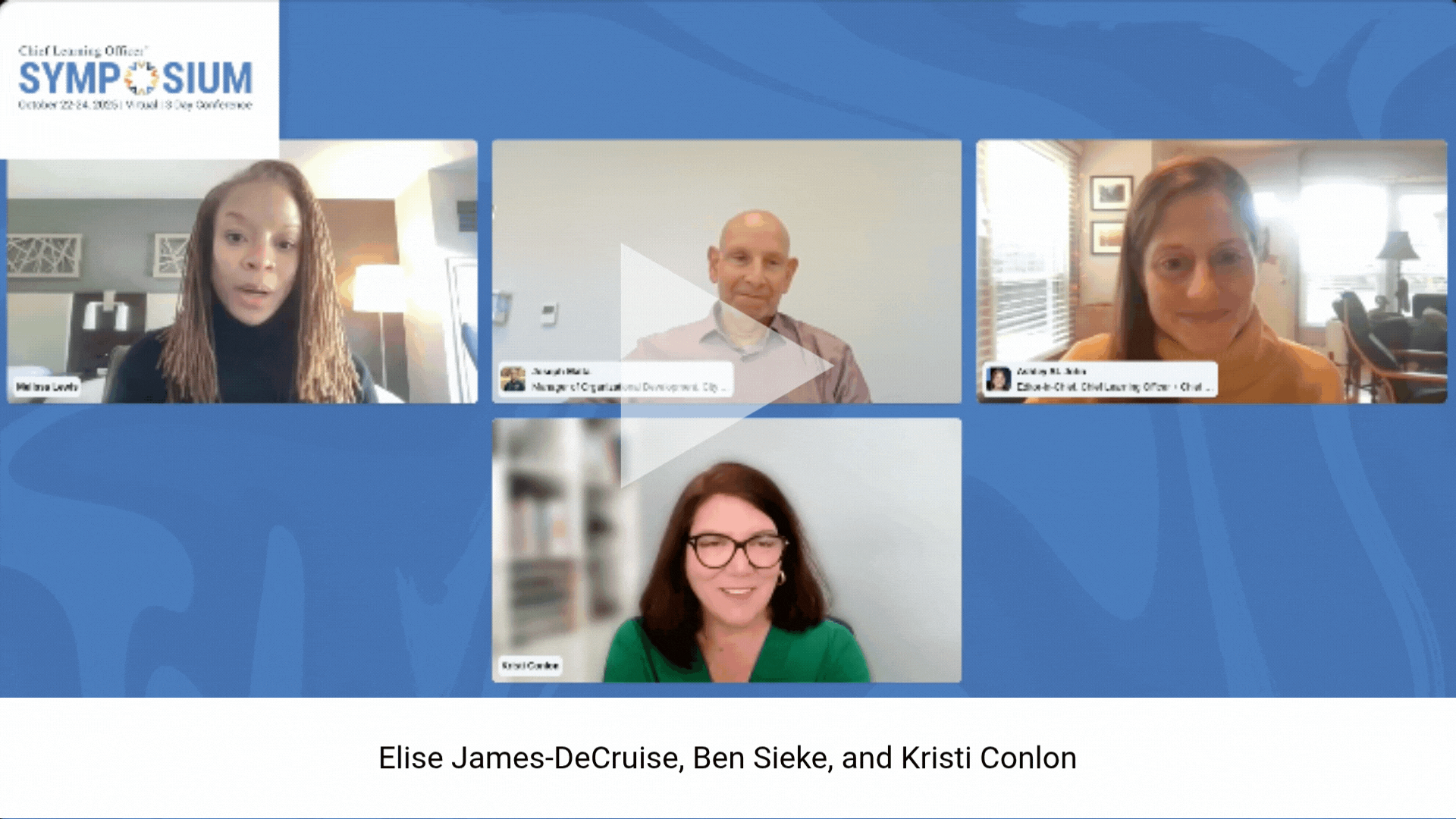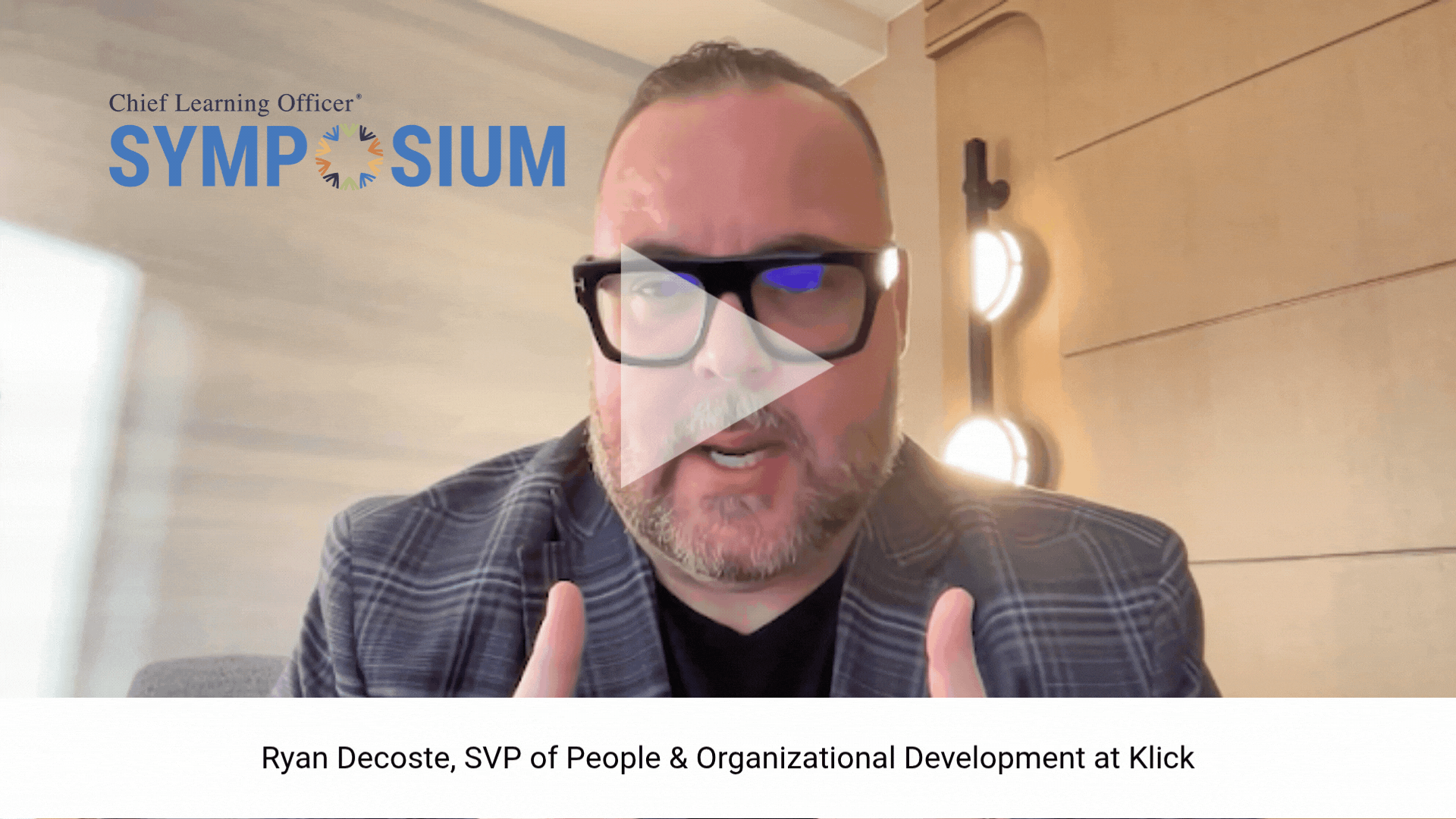For more than 130 years, St. Luke’s Hospital & Health Network has stayed true to its mission to provide compassionate, quality and cost-effective health care to residents of Lehigh, Northampton, Carbon, Schuylkill, Bucks, Montgomery, Berks and Monroe counties in Pennsylvania. Its rich history and national recognition as a premier health care provider, however, are in part thanks to St. Luke’s rigorous hiring process and dedication to growing and developing its more than 6,000 employees — especially its leaders.
With more than 400 managers spread across the integrated network of four hospitals and other related organizations, Director of Management Training and Development Robert Weigand said, “We stay staunchly committed to the growth and development of our leaders, and we think we do a very good job in getting the right kind of talent. We’re really strong believers in ‘As you grow your leaders, you grow your organization.’”
Because cultural fit is extremely important to delivering quality care and the overall performance of the organization, prospective leadership candidates undergo behavioral-based interviewing with multiple leaders and the California Psychological Inventory (CPI) 434. Weigand said the CPI 434 assessment examines an individual’s leadership traits in 20 different areas: dominance, capacity for status, sociability, social presence, self-acceptance, independence, empathy, responsibility, self-control, socialization, good impression, commonality, tolerance, well being, psychological mindedness, flexibility, femininity/masculinity, achievement via conformance, achievement via independence and intellectual efficiency.
Weigand has established parameters for the CPI 434 specific to St. Luke’s core leadership competencies to ensure potential candidates possess the leadership qualities that will boost quality care.
“We wanted to have tight parameters because we don’t want to accept mediocrity,” he said. “When looking at these 20 pieces, a potential St. Luke’s candidate should fall between 55 and 70, which is our acceptable range of excellence.”
In addition to the CPI 434 being a strategic part of the hiring process, the assessment results are used again once the leadership candidate officially joins the organization to develop a professional development plan. Moreover, Weigand analyzes candidates’ assessment results to pinpoint exactly where they need coaching, which is the primary method employed at St. Luke’s to develop its leaders.
“Every person who comes into our network, from a managerial standpoint, is channeled toward me to build a formal professional development plan for their first six months of employment,” he said.
After Weigand and the managers initially meet to discuss their assessment results, the managers then contemplate ways they can grow their leadership skills. From there, Weigand develops an “action plan” and begins personally coaching managers through informal conversations and functional assignments.
“The coaching is very behavioral-based,” he said. “It is very much applied and learned and taken back and applied and learned and understood and applied again. I will also give people assignments based on the different areas they have to work in, and they will come back in, and we will talk about the assignment.”
Throughout the process, Weigand continuously follows up with managers’ supervisors, who have access to the employees’ professional development plans, to observe whether they are applying the learned behaviors on the job.
In addition to the formal coaching plans, St. Luke’s organizes leadership forum events three times per year.
“We take people off-site to what we call our leadership forum,” Weigand said. “It is an opportunity to educate, network with other leaders, and come back and think about what they learned that day and how they are going to apply it to their lives as leaders at St. Luke’s.
“For example, recently we had Lynne C. Lancaster, author of ‘When Generations Collide,’ speak about the four generations present in the workforce today, the impact that those generations have on an organization, what some of the clash points between those generations are, how to work with those four generations in terms of hiring and retention, etc. During another past leadership forum, we had former NASA astronaut Dr. James P. Bagian speak about quality. Through these forums we give leaders opportunities to look at the world, and how it going to affect them, and that’s connected back to them here at St. Luke’s. So these are not just focused on health care content but timely issues, as well.”
St. Luke’s rigorous hiring process, coaching and other efforts, Weigand said, have directly contributed to improved retention.
“What initially drove us to use this assessment was a $600,000 on-paper loss from one of our entities due to managerial turnover,” he said. “So we thought, ‘What are we missing here?’ We have been using the CPI 434 since August 2004. We used it for on 139 management candidates one year, and out of the 139 candidates who used this tool, we hired 19 managers. Out of the 19 that we hired that year, only two have left the organization — one because of relocation and the other one was not a good fit for St. Luke’s. This assessment tool isn’t perfect, but we are looking at a 90 percent effectiveness rate. In addition, the biggest population that we hire here are nurses, and we are currently looking at a 9 to 10 percent vacancy rate. So what that says is we are well under the radar for overall nursing retention compared to the country, which is flying at about a 13 percent vacancy rate.
“At St. Luke’s, it is an ongoing, everyday, day-in and day-out conscious and mindful effort to develop and grow our leaders. We value behavioral-type improvements because that is what continues to bring people back here.”
–Cari McLean, carim@clomedia.com













